Tomorrow's Triumph? Mitsubishi Motors Reinventing Itself, Making Moves

Watching Mitsubishi return from death’s door has been less exciting than the first part of this sentence makes it sound. Part of that stems from the automaker’s position as a multinational corporation that has lost its way and not some down-on-his-luck boxer you’re supposed to be rooting for in a movie. Even if you were inclined to clap for corporate comebacks, Mitsubishi hasn’t earned its standing ovation just yet.
While the brand’s U.S. sales have improved every year since 2013, progress has been gradual. Last year, Mitsubishi moved 118,074 autos inside America — the best it has managed since before the Great Recession, but nowhere near its 2002 high of 345,915 deliveries. That might paint the situation a bit darker than it actually is, however.
Mitsubishi has actually managed to retain customers in China far better than it could in the U.S. and its European sales are higher than they’ve ever been. The Japanese firm also has a strong footprint in numerous developing markets around the world. But North America has historically been an extremely important market for Mitsubishi, and it wants its market share back, so it’s making some additional changes.
The most-obvious alterations involve moving the brand’s North American headquarters from Southern California to of Franklin, TN. While largely a cost-cutting measure (less rent), this change also puts Mitsubishi within walking distance of Nissan’s North American headquarters — likely strengthening their relationship within the Renault-Nissan-Mitsubishi Alliance.
According to Automotive News, Mitsubishi says this is all being done to help make the automaker ultra flexible. It’s also hoping to take on new talent that would help it change the corporate environment and come up with some new ideas.
“As we bring a new worker to the company, maybe someone who has come from a high-tech background, or a smaller company maybe not in the corporate world and they’re used to different work styles and different work schedules, we want to make sure we can accommodate all of the people we are trying to attract to the company,” said Jeremy Barnes, senior director of communications for Mitsubishi Motors North America. “It really is a complete reinvention of everything that we do in the U.S., whether it’s looking at new organizational structure, whether it’s changing job functions based on our new approach to the future of our growth … Employee culture is going to be absolutely critical.”
The new space will haven a more open design than the old office in California had. Barnes indicated this would help create a more collaborative environment with the added benefit of flexible work hours. Employees also have free, unlimited access to gourmet coffee — which is a very big deal, apparently. “Something like free coffee seems so simple, and seems such a little thing, but it’s not something we currently have at Mitsubishi, and it’s one of those things we want to make sure we are offering going forward,” Barnes explained.
The coffee thing seems overblown but the rest of Mitsubishi’s strategy seems to be working well enough. This year is already shaping up to be better than 2018, with 95,571 vehicles through September. That places the manufacturer on track for its seventh consecutive year of growth inside the U.S.
From Automotive News:
Mitsubishi dealers, who are being added nearly every month, expect sales to increase as the brand trades its aging mechanicals for modern platforms shared with Nissan, its closest partner in the Renault-Nissan-Mitsubishi alliance since the two Japanese brands sell vehicles in the U.S. and Renault does not.
Mitsubishi is already operating out of temporary office space in Franklin, just across Interstate 65 from Nissan’s North American headquarters. Next year, the redesigned Nissan Rogue and Mitsubishi Outlander crossovers will share an alliance platform, the companies have said, as will future Mitsubishi products.
Tomorrow’s vehicles will be incredibly important, as the brand is currently relying on a handful of crossover models (half of which use the same name) for the brunt of its North American volume. A large portion of the brand’s appeal, at least in our estimation, is its ability to sell vehicles for less by ditching some of the creature comforts and cutting-edge features you might find elsewhere. That’s a trait Mitsubishi will need to retain on future models, while making them interesting and modern enough to help rebuild public awareness.
Roughly 60 employees (out of 250) are expected to move from Southern California to the new facility in Tennessee. Mitsubishi said they were selected by how well they fit into its new corporate mindset and whether they were interested in relocating. Another 150 expected to be hired from Nashville area or sourced from other parts of the country.
Barnes said the company has no intention of snagging workers from Nissan, but noted a few did apply with Mitsubishi. Most openings are in departments like sales, marketing, human resources, dealer operations and parts and service. But the brand has said it is willing to make room for wildcards from outside of the automotive sector. “One of the things we were looking at is, people don’t necessarily have to have auto industry experience,” Barnes said. “They have to be excited and passionate about helping Mitsubishi reinvent itself.”
Mitsubishi has been “reinventing itself” for a while. But it’s been working decently thus far. Maybe these corporate changes will stack?
[Image: FotograFFF/Shutterstock]

A staunch consumer advocate tracking industry trends and regulation. Before joining TTAC, Matt spent a decade working for marketing and research firms based in NYC. Clients included several of the world’s largest automakers, global tire brands, and aftermarket part suppliers. Dissatisfied with the corporate world and resentful of having to wear suits everyday, he pivoted to writing about cars. Since then, that man has become an ardent supporter of the right-to-repair movement, been interviewed on the auto industry by national radio broadcasts, driven more rental cars than anyone ever should, participated in amateur rallying events, and received the requisite minimum training as sanctioned by the SCCA. Handy with a wrench, Matt grew up surrounded by Detroit auto workers and managed to get a pizza delivery job before he was legally eligible. He later found himself driving box trucks through Manhattan, guaranteeing future sympathy for actual truckers. He continues to conduct research pertaining to the automotive sector as an independent contractor and has since moved back to his native Michigan, closer to where the cars are born. A contrarian, Matt claims to prefer understeer — stating that front and all-wheel drive vehicles cater best to his driving style.
More by Matt Posky
Latest Car Reviews
Read moreLatest Product Reviews
Read moreRecent Comments
- EBFlex It will have exactly zero effect
- THX1136 What happened to the other companies that were going to build charging stations? Maybe I'm not remembering clearly OR maybe the money the government gave them hasn't been applied to building some at this point. Sincere question/no snark.
- VoGhost ChatGPT, Review the following article from Automotive News: and create an 800 word essay summarizing the content. Then re-write the essay from the perspective of an ExxonMobil public relations executive looking to encourage the use of petroleum. Ensure the essay has biases that reinforce the views of my audience of elderly white Trump-loving Americans with minimal education. Then write a headline for the essay that will anger this audience and encourage them to read the article and add their own thoughts in the comments. Then use the publish routine to publish the essay under “news blog” using Matt Posky listing the author to completely subvert the purpose of The Truth About Cars.
- VoGhost Your source is a Posky editorial? Yikes.
- Fed65767768 Nice find. Had one in the early-80s; loved it but rust got to it big time.Still can't wrap my head around $22.5K for this with 106,000 km and sundry issues.Reluctant (but easy) CP.




















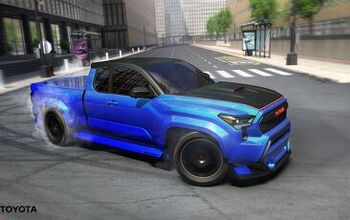
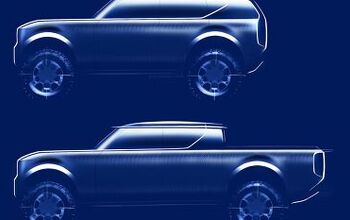
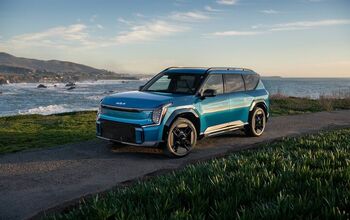
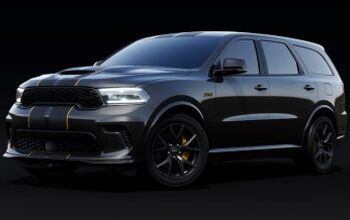
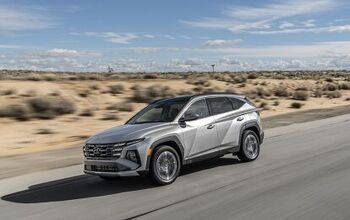
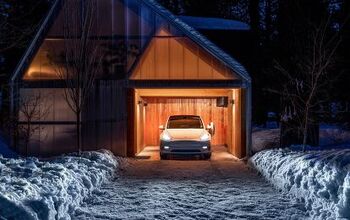
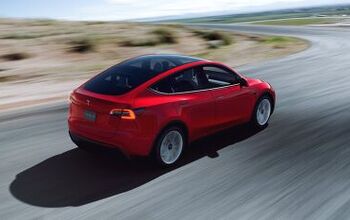
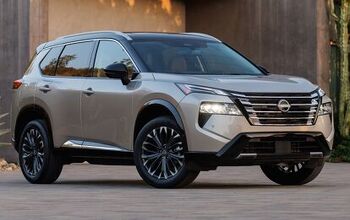

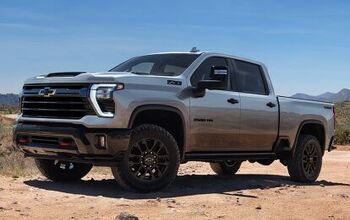
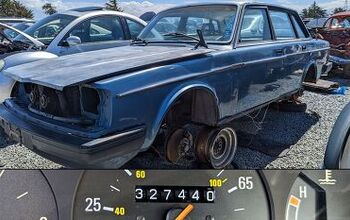
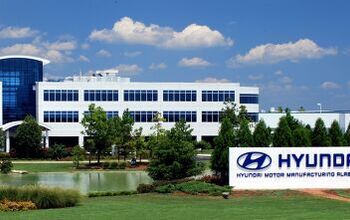
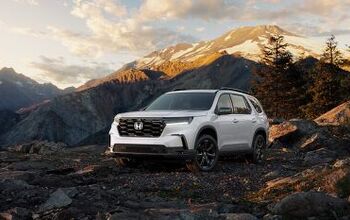
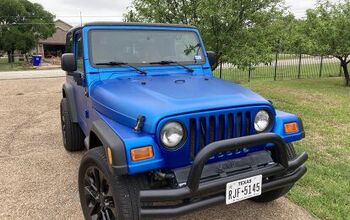
Comments
Join the conversation
Put the 1.5 turbo from the Eclipse Cross in the Mirage, firm up the suspension somewhat, and sell it for a sticker of $20K (actual sale price around $18k). Voila: a 500 Abarth that doesn't break. They wouldn't sell a ton of them, but all the car mags and enthusiast sites would rave about it. The Fiesta ST is dying, so the world needs an affordable hot hatch, and a quick/fun Mirage would quiet a lot of the Mitsu ridicule. (sigh) Or turn the Mirage into a mini-CUV shitbox. Last thing the world needs, but people seem to buy them.
Nissan can offer platform sharing but agree their CVTs are less than stellar. I doubt if I will ever buy another Mitsubishi but maybe EVs might be a better direction for them to go.